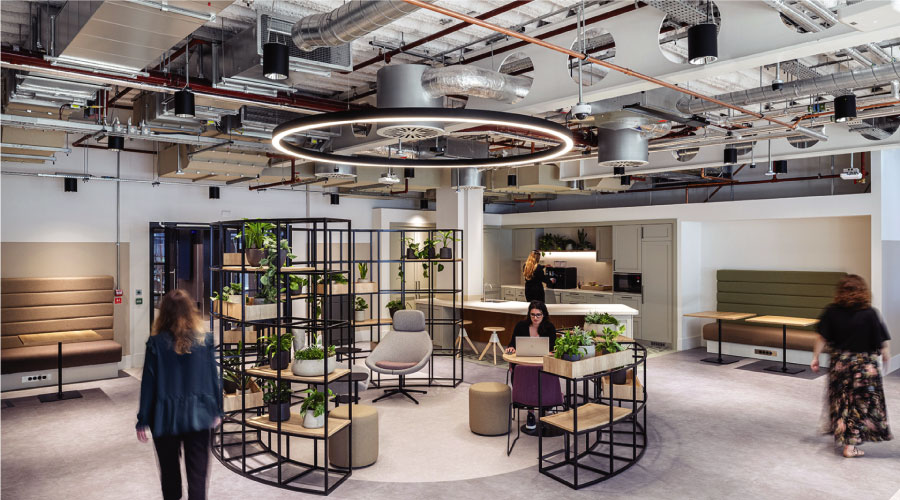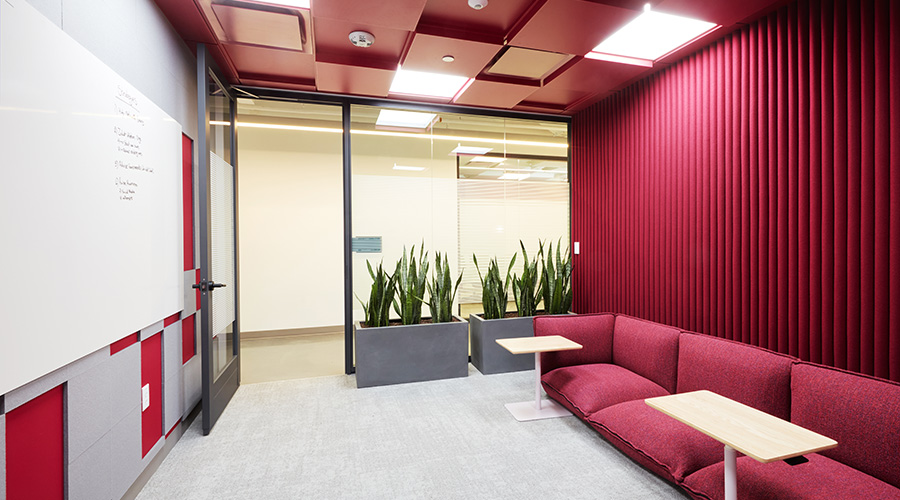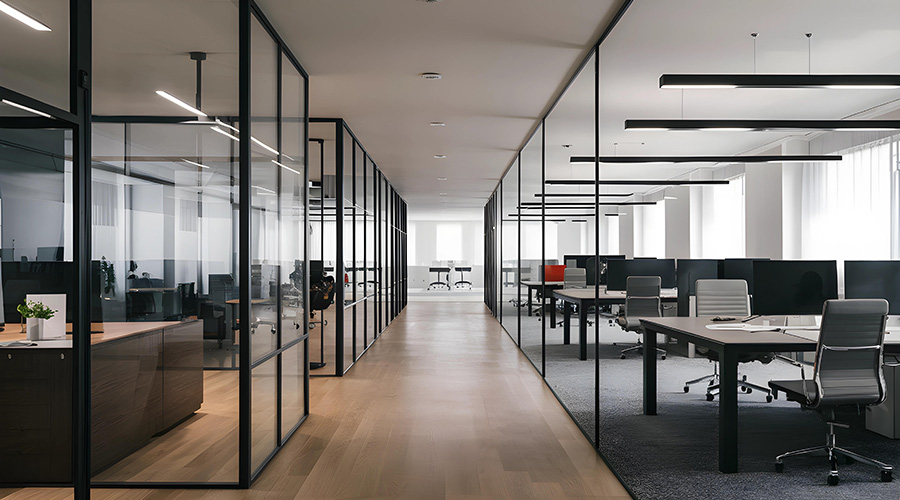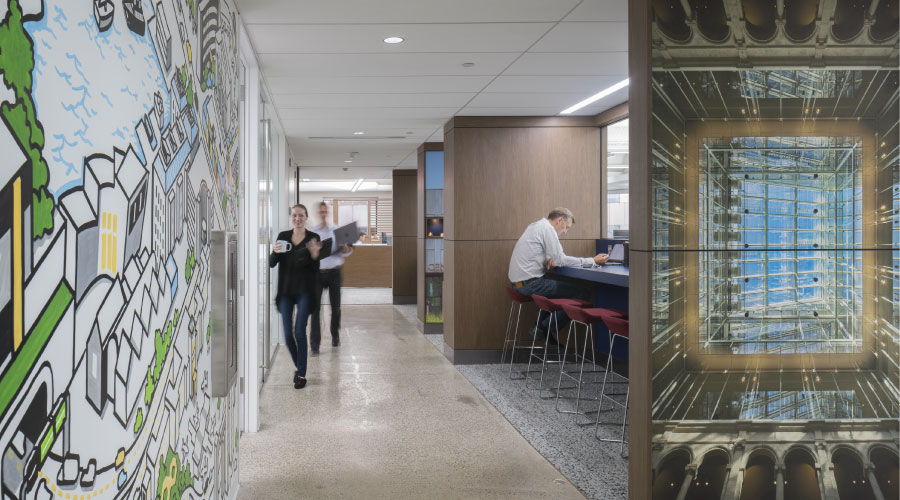CBRE Market Analysis Predicts More Real Estate Opportunities Than Buyers
There will be more opportunistic deals than opportunistic buyers in the strained commercial real estate market environment, according to new research from CBRE Econometric Advisors (CBRE-EA).
There will be more opportunistic deals than opportunistic buyers in the strained commercial real estate market environment, according to new research from CBRE Econometric Advisors (CBRE-EA).
CBRE-EA estimates that an additional $89 billion of new equity capital will be required to make up for refinancing shortfalls when existing Commercial Mortgage Back Securities (CMBS) come due as a result of declining property values and more stringent lending standards. Since CMBS constitutes only 21 percent of the $3.45 trillion commercial property debt market, the total equity refinancing shortfall will far significantly exceed $89 billion. Recent industry reports estimate that capital-raising efforts by investment funds, capital which could be used to shore-up the equity portion of the capital stack, have totaled less than $100 billion.
The CBRE-EA findings forecast trends in property values and the ongoing impact from the de-leveraging of the commercial property market.
The office sector will face the largest absolute, dollar refinancing gap, according to the research. With long-term lease durations of five to 15 years, the underlying income of office properties will be challenged by rents being renegotiated at lower levels. However, CBRE-EA noted that the office sector may offer some of the greatest investment opportunities, with office values projected to return to previous peak values within a decade.
"The distress in the commercial property markets today is not the distress of the late 1980s, when loose lending practices encouraged widespread overbuilding, which produced a space glut that ravaged property incomes. While there are pockets of problems nationally from new construction, the current stresses on property incomes are largely a function of economic weakness and lack of capital. As healing occurs in these two areas the market's problems will fade," says Jon Southard, Director of Forecasting, CBRE Econometric Advisors.
According to CBRE Econometric Advisors, the industrial sector will see deep swings in asset values tied to fluctuations in underlying property income. "Industrial rents will begin to recover in 2012 after availability rates spike to record high levels," says James Costello, Director of Investment Strategy, CBRE Econometric Advisors. "Industrial buildings did not suffer as badly from the lending binge during the boom years. As a result, 'vulture' opportunities resulting from distressed debt will not be as plentiful in this sector," Costello added.
While office and industrial properties will eventually return to previous peak values, such improvement is not guaranteed for the retail sector, according CBRE-EA. Retailers continue to face severe problems as consumer spending remains subdued due to falling employment and lower salaries. "Rent growth in retail properties will be limited -- even as the economy begins to recover," says Abigail Marks, Economist, CBRE-EA
Related Topics:











